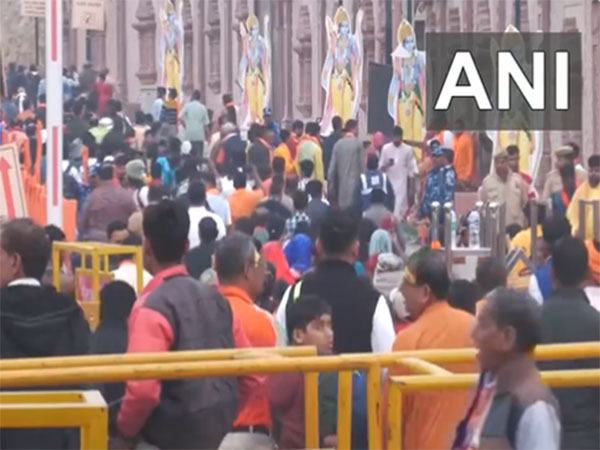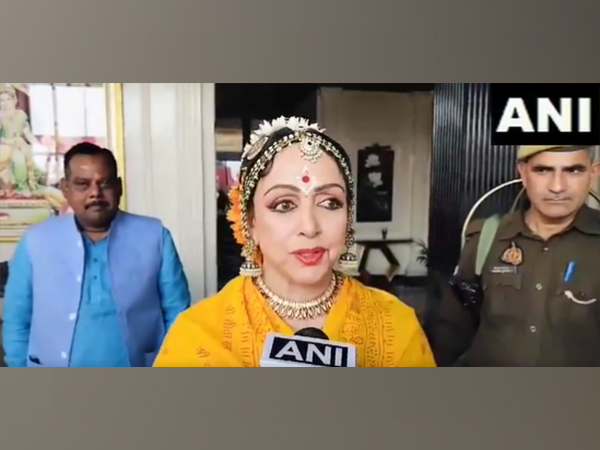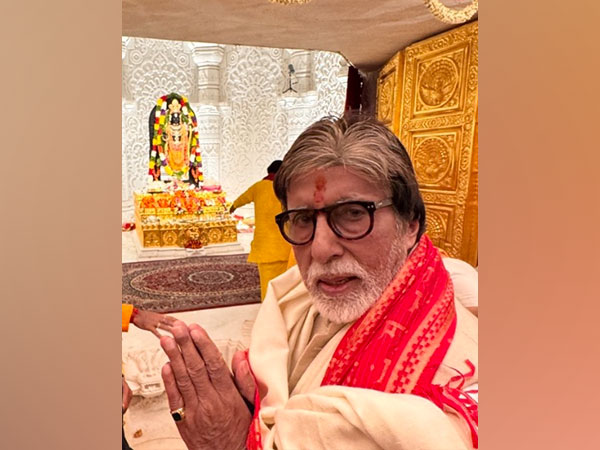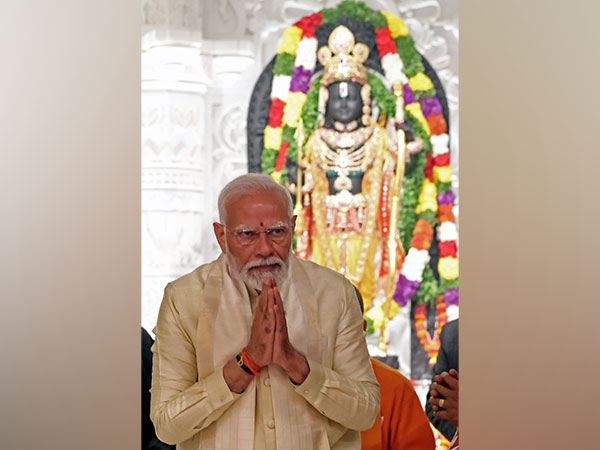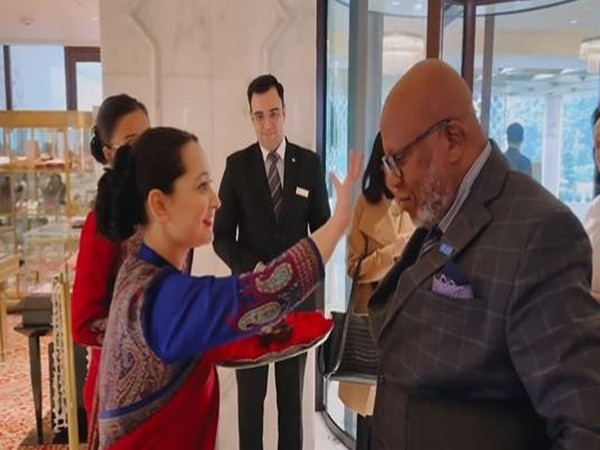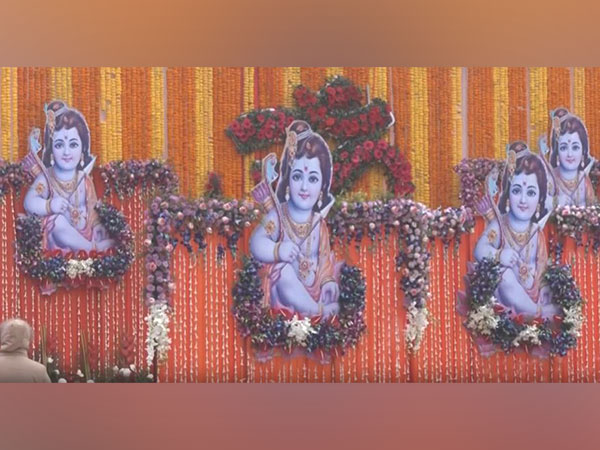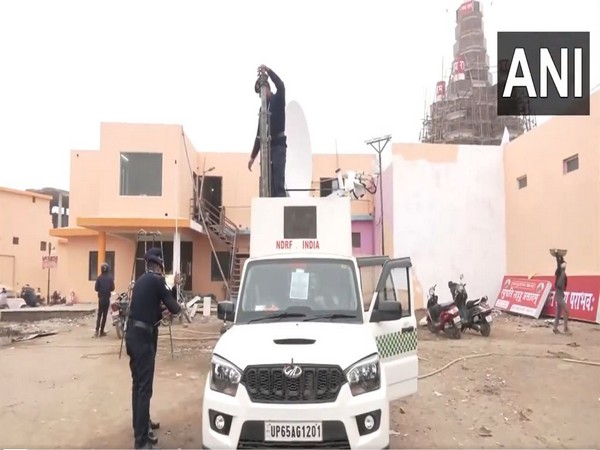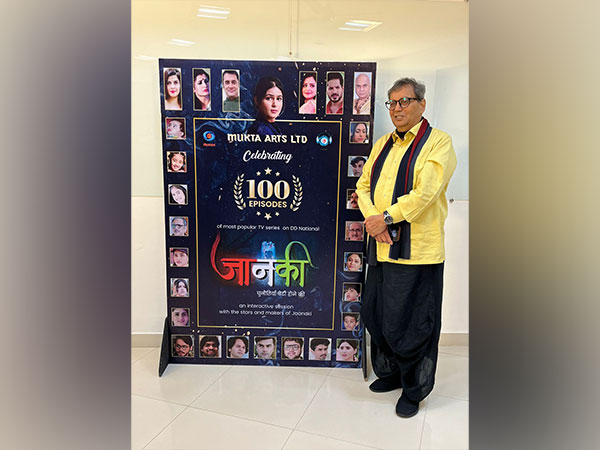Thousands of devotees converged at the Ram temple in Ayodhya on Saturday morning for a divine darshan of Ram Lalla.
People were seen moving in long lines to catch a glimpse of the deity.
Mohit Chauhan, a devotee, expressed his contentment after a darshan of Ram Lalla, saying, “The darshan was wonderful and peaceful for me. By the grace of God, I had darshan yesterday evening and again this morning. The temple is magnificent. After 500 years, Lord Ram has arrived, and now He will remain enthroned here for an eternity. The sighting of the deity is being facilitated within 15 minutes through a continuous and smooth flow of the devotees queuing up. There are no issues or hassles. Everyone is joyously chanting ‘Jai Shri Ram’ during the sighting of the Lord.”
Anupa Nayak, another devotee from West Bengal, also shared her experience at the newly inaugurated Ram Mandir in Ayodhya.
“The darshan was wonderful and the general ambience around the temple is very peaceful. I just want to say that everyone should come here and have a darshan of Lord Ram. I will go back to my village and encourage everyone to visit the temple. We are a group of 1600 people from Bengal, who came here via a special Ashtha train. Everything, including food and facilities, is being taken care of here. The security arrangements are also flawless,” Nayak said.
Echoing the refrain, Sanjay Mishra from Chennai exuded immense joy, saying, “I am extremely happy to be here today. The penance and sacrifice of devotees over 500 years was palpable as I bowed to the Shri Ram inside the sanctum sanctorum today. It feels wonderful to be here. I don’t have words to describe my feelings. The arrangements are excellent, and there is a peaceful atmosphere all around. Everyone is chanting ‘Ram Jai Shri Ram.’ I faced no hassles during the darshan. There were no issues at all.”
Another devotee, Deep Kumar, praised the efficient management, with devotees being able to have darshan in just 20 minutes despite the anticipated crowds.
“The darshan was wonderful. We arrived here late last night. We didn’t expect such a comfortable experience because everyone was saying it would be crowded. However, despite the crowd, one can have darshan in just 20 minutes. There’s a distinct aura of reverence around when you go for a darshan of Lord Ram. The ambience is excellent. The government has made excellent arrangements here, with separate arrangements for the safekeeping of phones and shoes,” Deep Kumar said.
Earlier in the day, devotees took a holy dip at Sangam in Uttar Pradesh on the occasion of Magh Purnima, the full moon night in the Magha month of the Hindu calendar.
Devotees also offered prayers at the Sangam, a confluence of three rivers- Ganga, Yamuna, and mythical Saraswati.
Kalpavas, which lasts for one month from Paush Purnima, also ends today.
Kalpavas is a spiritual ritual under which for a month the Kalpavasi sleeps on the ground on the sand of Sangam, takes a meal once a day, observes austerity, and chants the name of the Almighty.
Speaking on ANI at Sangam in Uttar Pradesh, Prabhadevi, a devotee from Mirzapur district said, “I came here for a month-long Kalpvas, and today, on the day of Purnima, my spiritual journey is complete. I’ve been here since January 24th. Yesterday, I also performed Sija Daan, and tomorrow I will return home. I sought forgiveness from Mother Ganga for all my mistakes.” (ANI)
For more details visit us: https://lokmarg.com/
